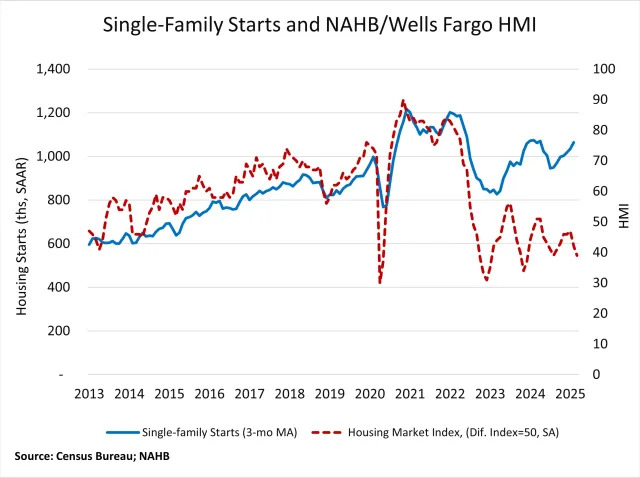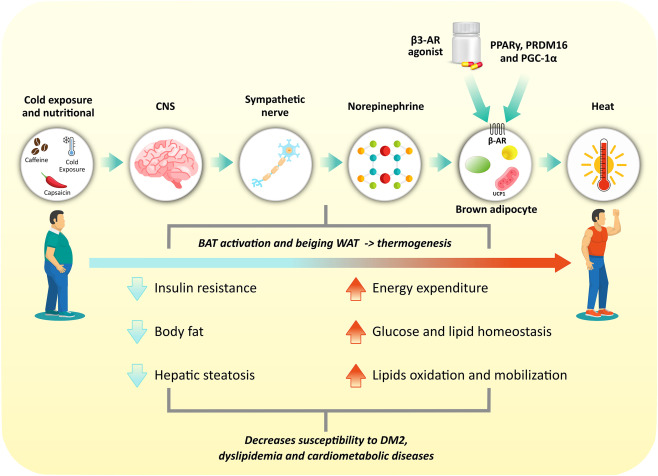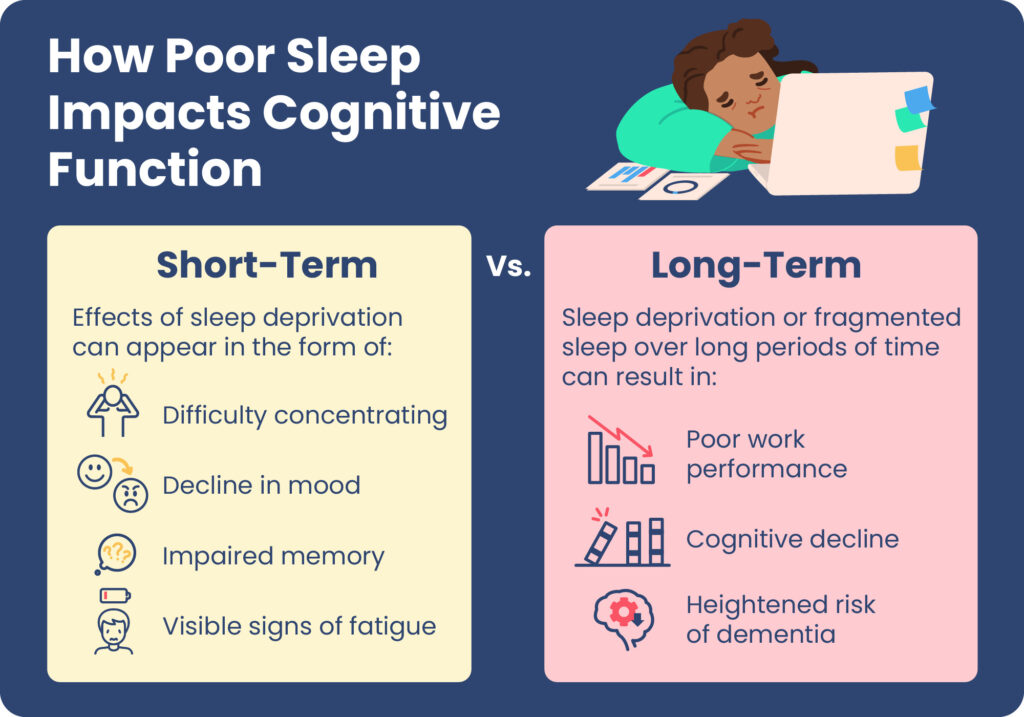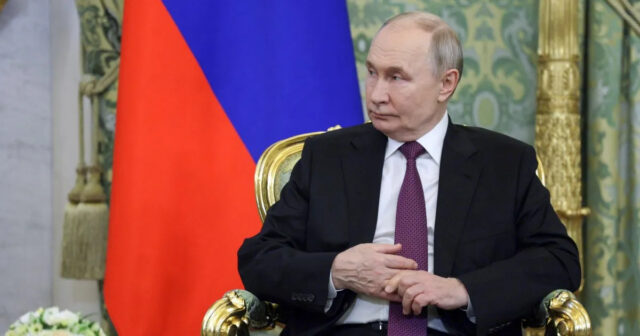Slushy Warning for Kids’ Health: A Hidden Danger in Popular Frozen Drinks
Slush drinks are a favorite treat among children, offering a refreshing, icy burst of flavor on hot days. However, new research from Ireland and the UK has uncovered serious health risks associated with these colorful beverages. A study investigating 21 cases of children falling ill after drinking slushies has raised alarms among health experts and parents alike.
A Startling Pattern of Illness
The study found that 93% of the affected children became sick within an hour of consuming a slushy. Their symptoms ranged from mild to severe, with hypoglycemia (low blood sugar) occurring in 95% of cases and reduced consciousness in 94% of cases. Many also showed signs of metabolic acidosis, a condition where the body produces too much acid, disrupting normal bodily functions.
Each of the children required emergency medical intervention, including IV glucose treatment, to stabilize their condition. The rapid onset of symptoms and the severity of their reactions suggest a direct link between slushie consumption and these alarming health effects.
The Hidden Culprit: Glycerol Intoxication Syndrome
One of the key findings of the study was the role of glycerol, a common ingredient in slushies used to prevent ice crystallization and enhance texture. Researchers identified that excessive consumption of glycerol in young children can lead to “glycerol intoxication syndrome,” a condition previously rare but now directly associated with slushie drinks.
Glycerol, while generally recognized as safe in small amounts, can have adverse effects on young children, particularly those with lower body weights. When consumed in large quantities, it disrupts glucose metabolism, lowers blood sugar levels, and affects brain function, leading to symptoms such as confusion, dizziness, and loss of consciousness.
Who Is at Risk?
Medical experts warn that certain groups of children are particularly vulnerable to the effects of glycerol in slush drinks:
- Children under four years old: Due to their smaller body size and lower ability to metabolize excess glycerol, they face the highest risk.
- Kids between five and ten years old: While less vulnerable, excessive slushie consumption can still cause health complications, particularly in those with underlying conditions such as diabetes or metabolic disorders.
Recommendations for Parents and Schools
Given these findings, doctors and public health officials recommend the following precautions:
- Children under four should avoid slush drinks entirely.
- Kids aged five to ten should consume no more than one slush per day.
- Parents should be aware of the symptoms of glycerol intoxication, including dizziness, confusion, nausea, and extreme fatigue.
- Schools and daycare centers should limit access to slushies and educate staff on the potential risks.
The Need for Stricter Regulations
As concerns grow, there are calls for tighter regulations on the sale and marketing of slush drinks to children. Health advocates argue that manufacturers should be required to clearly label the glycerol content and provide warnings about potential health risks for young consumers.
Additionally, governments may consider setting limits on the amount of glycerol allowed in children’s beverages, much like existing restrictions on caffeine and artificial sweeteners.
Conclusion: A Wake-Up Call for Parents and Policymakers
The research on slush drink-related illnesses is a stark reminder that even seemingly harmless treats can pose unexpected dangers. While slushies may remain a popular summer refreshment, parents should be mindful of their children’s consumption and recognize the signs of glycerol intoxication.
With increased awareness and possible regulatory changes, the goal is to ensure that kids can enjoy their favorite frozen drinks without risking their health.






















